Panasonic published another patent focused on expanding the capabilities of its cinema cameras. In continuation to the recent patent regarding built-in ND filter, this patent titled ‘Imaging Device’ demonstrates “an imaging device that has improved quality of heat dissipation characteristics while suppressing deterioration of sound characteristics”. It seems that this patent is dedicated to significantly improving heat dissipation for large sensor cameras that are able to shoot ultra-high resolution (S1H Mark II?). Details are below.

Something interesting is happening at Panasonic
Panasonic is cooking something. That’s for sure! And the last two patents are proof of that. These two patents focus on improving the capabilities of compact cinema cameras (LUMIX S1H Mark II…. BS1H Mark II…?). YMCinema was the first to report about the first patent of a variable built-in electronic ND filter. Now, this patent offers a very intriguing heat dissipation mechanism to reduce heat accumulation for compact large-sensor cinema cameras that aim to shoot high resolution (8K and beyond). Hence, those patents indicate about Panasonic’s efforts to improve its offering regarding the LUMIX brand, for professional filmmakers. Let’s dive into the patent that demonstrates a sophisticated heat dissipation mechanism, titled ‘Imaging Device’. The highlights, selected quotes, and schemes are below.



Panasonic takes the overheating phenomena very seriously. Thus, we can understand where this patent came from. Our two cents are that Panasonic will release more high-end compact cinema cameras that own internal NDs and more ingenious heat dissipation solutions.
‘Imaging Device’: Abstract
“An imaging device includes an imaging main body; a fan accommodation portion provided in an upper portion of the imaging main body; and a cooling fan disposed in the fan accommodation portion, wherein the fan accommodation portion includes an upper surface, a pair of side surfaces, and a front surface that cover the cooling fan, and an intake port and an exhaust port for the cooling fan to perform intake and exhaust are provided on a surface of the fan accommodation portion different from the upper surface. The device includes heat sources such as an image sensor and an image engine, and various heat dissipation mechanisms for dissipating heat generated from these heat sources have been proposed”.


Enhance heat dissipation and reduce sound
“With the recent trend of higher image quality and higher performance and the use of moving images, the heat generated by the heat sources such as the image sensor and the image engine tends to increase significantly. While stopping the operation of the imaging device due to overheating is likely to be a problem, various members such as a heat sink and a fan are required for the heat dissipation mechanism capable of dissipating a large amount of heat, and the imaging device tends to be large in size, which may damage designability. There is a case where the deterioration of sound characteristics due to the noise of a fan becomes a problem. Therefore, there is room for improvement in improving the quality of heat dissipation characteristics while suppressing deterioration of sound characteristics”.


Structure of the device
“An imaging device according to the present disclosure includes: an imaging main body; a fan accommodation portion provided in an upper portion of the imaging main body; and a cooling fan disposed in the fan accommodation portion, in which the fan accommodation portion includes an upper surface, a pair of side surfaces, and a front surface that cover the cooling fan, and an intake port and an exhaust port for the cooling fan to perform intake and exhaust are provided on a surface of the fan accommodation portion different from the upper surface. According to the imaging device of the present disclosure, it is possible to improve the quality of heat dissipation characteristics while suppressing deterioration of sound characteristics”.


Conclusion
“According to the above configuration, even when the heat source such as the image sensor, the image engine, and the like generates a large amount of heat, the heat is efficiently dissipated by the heat dissipation mechanism including the cooling fan and the heat sink, and thus it is possible to suppress stop of operation of the imaging device due to overheating. In recent years, the trend of higher image quality and higher performance and the use of moving images have become mainstream, and when a problem of stopping a camera function due to overheating is becoming serious, the imaging device can be an effective solution to such a heat problem and can give the user a sense of security. On the other hand, since the heat dissipation mechanism including the cooling fan is accommodated in the penta portion in the central upper portion of the imaging main body and is disposed of in front of the EVF unit, it becomes easy to suppress an increase in the size of the imaging device and to achieve both heat dissipation property and designability”.


Initial thoughts
As explained, Panasonic’s recent patents try to solve two main problems that often occur in cinema cameras: Heat accumulation and ND filtration. Addressing these two main challenges can significantly upgrade the LUMIX brand (beyond strengthening the ‘Cinema Studio’ solutions), or any other brand (since Varicam is basically unfortunately dead). Although, it must be noted that S1H can shoot continuously without overheating. However, different solutions might be needed when shooting 8K and beyond, and in higher bitrate. Panasonic takes the overheating phenomena very seriously. Thus, we can understand where this patent came from. Our two cents are that Panasonic will release more high-end compact cinema cameras that own internal NDs and more ingenious heat dissipation solutions (and with the anticipated 8K organic sensor?), for shooting 8K and beyond.


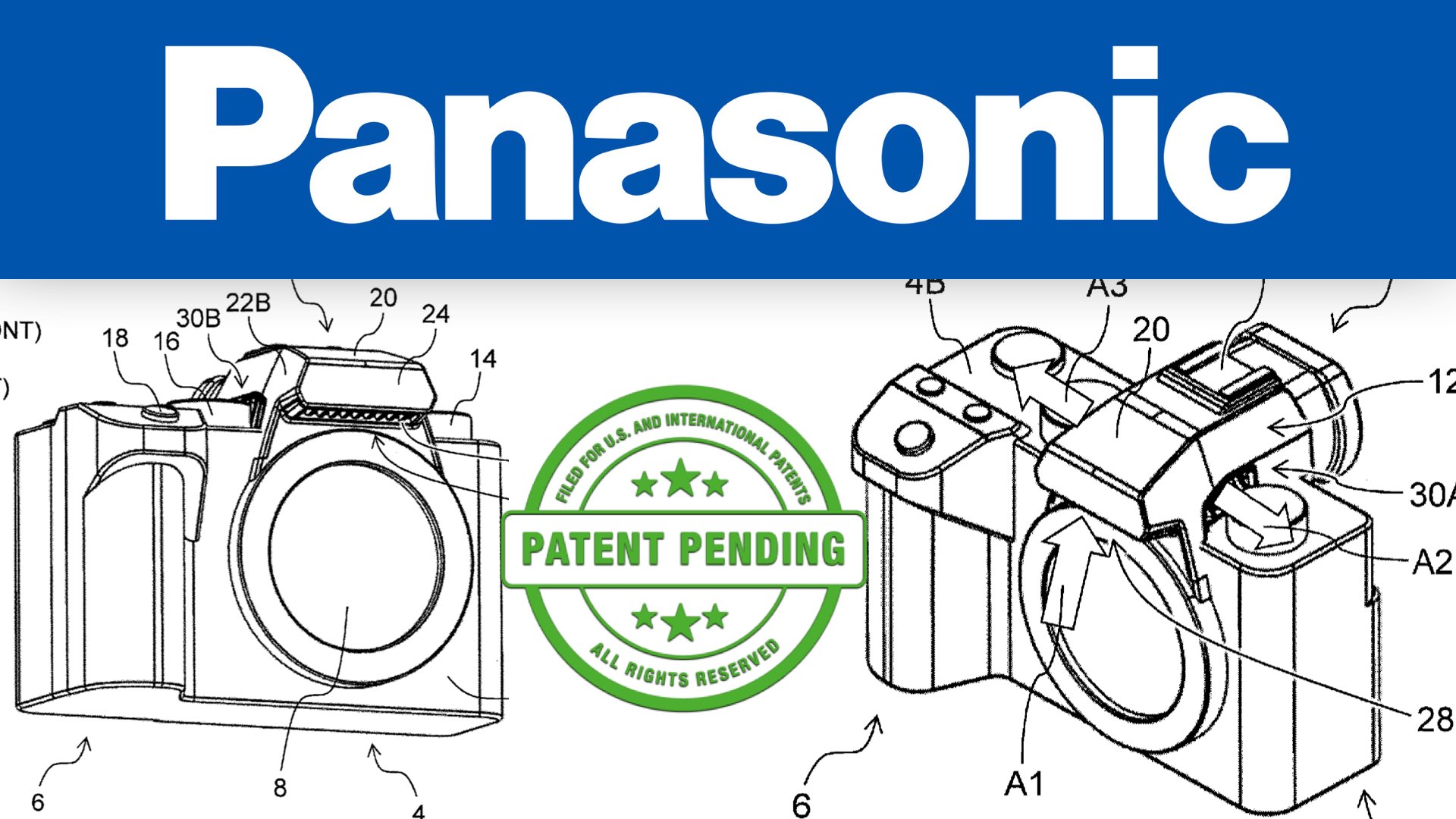



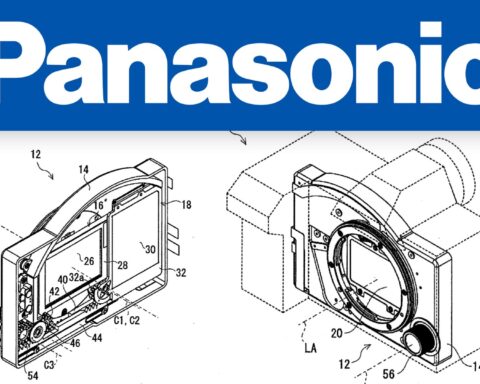
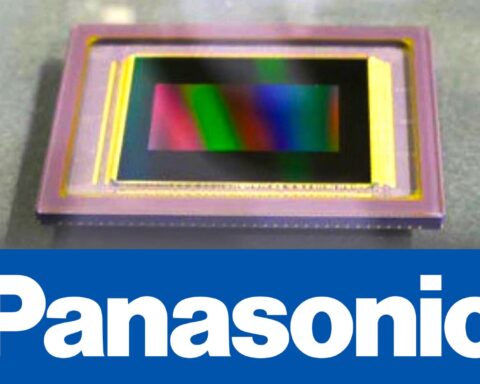


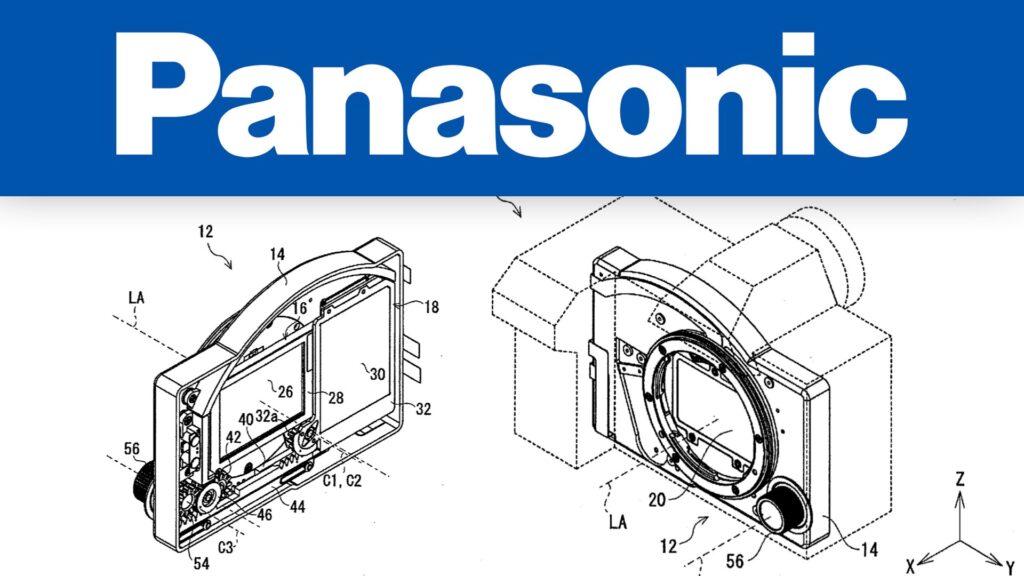
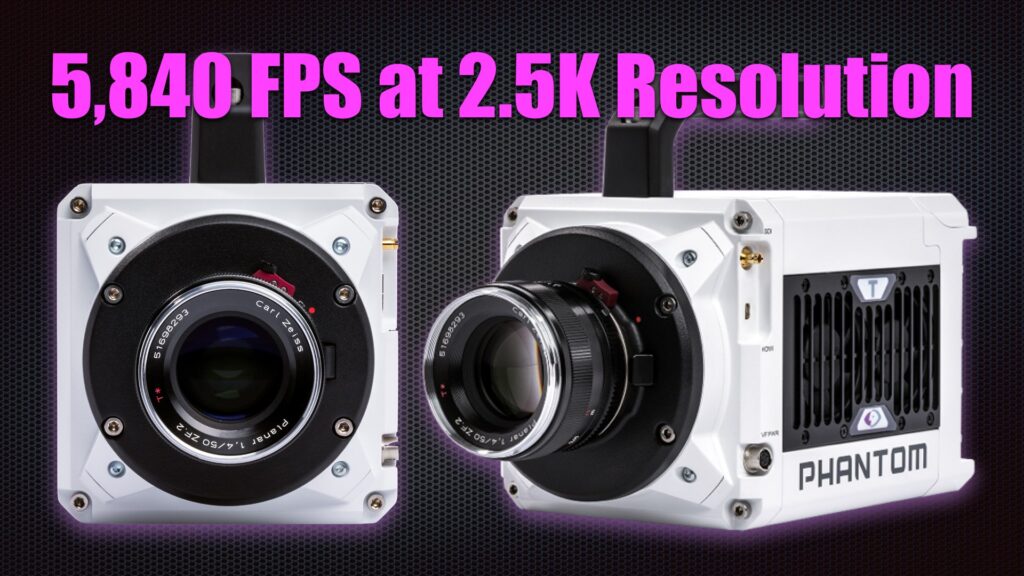




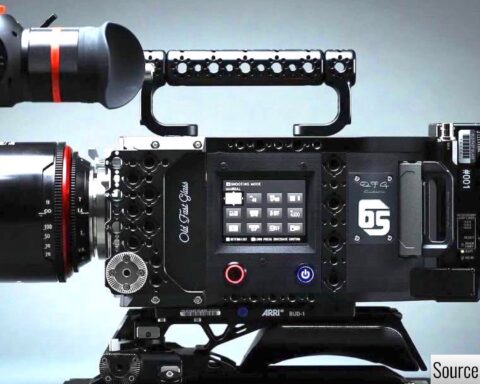


I’m confused, is this an old article reuploaded? The heat dissapation design has been in use for months now thanks to the S5 mkII and its sibling the S5 Mk IIX.